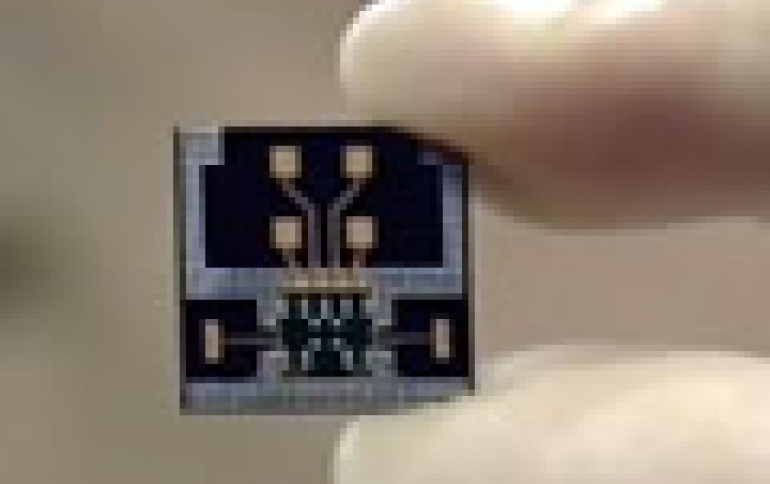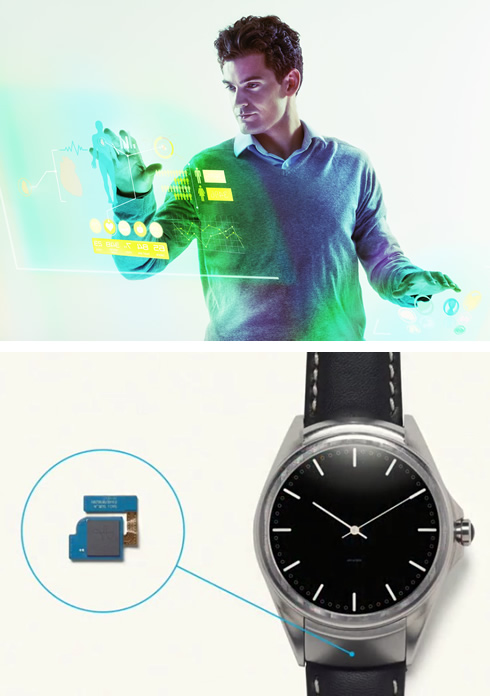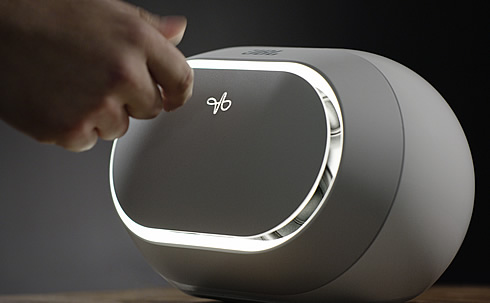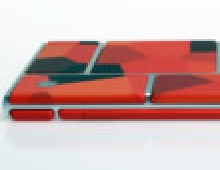
Google Showcases "Soli" Gesture Control Technology, Project Ara And Levi's Smart Jacket Coming Next Year
The gesture-tracking technology used in "Minority Report" film some years ago has arrived in the form of Google's 'Soli' technology for devices. Google today showcased at "Google I/O" two prototypes of products controlled exclusively through gestures: an LG Electronics smartwatch and a Harman Kardon wireless speaker.
Both devices can recognize gestures that replace switches or buttons with this revolutionary concept. Infineon Technologies AG and Google ATAP enabled these features with their technologies.
The 60 GHz radar chips can detect fine hand movements, like twisting your thumb and index finger when winding a watch, from several feet away, said Andreas Urschitz, who heads Infineon’s power management and multimarket division.

"Gesture sensing offers a new opportunity to revolutionize the human-machine interface by enabling mobile and fixed devices with a third dimension of interaction," said Ivan Poupyrev, Technical Project Lead at Google ATAP. "This will fill the existing gap with a convenient alternative for touch- and voice controlled interaction."

Infineon and Google ATAP aim at addressing numerous markets with "Soli" radar technology. Among these are home entertainment, mobile devices and the Internet of Things (IoT). Radar chips from Infineon as well as Google ATAP’s software and interaction concepts form the basis. Both companies are preparing for the joint commercialization of the "Soli" technology.
In addition of their efforts in the audio and smartwatch markets, the developers' ambitions are to create a new market standard with compelling performance and new user experience, creating a core technology for enablement of augmented reality and IoT.
Infineon, which is teaming with Google to sell its chips paired with the U.S. company’s software from mid-2017, expects the technology to provide new user experiences and inspire new devices, like the iPhone did with touchscreen technology.
Smart Jacket by Levi's
Google and Levi's have also developed smart and ask people to beta test it, starting later this year. The companies have teamed up on a smart jacket for bicyclists that will allow wearers to control their smartphones using sensors woven into the cuff.
The jacket is part of Project Jacquard, a system for turning fabric into a digital sensor that can then be linked with a smartphone to control applications like music players and navigation.
The jacket's intelligent functionality is powered by a rechargeable digital clip that attaches to the jacket's cuff. Remove it, and the jacket looks like a normal piece of clothing.
Google and Levi's haven't said how much the jacket will cost, but it seems likely to be more expensive than Levi's current Commuter jackets, which retail for more than US$100.
The two companies are aiming to release it to consumers in 2017.
Project Ara update
Google also today announced that a developer esition of its Project will be coming later this year.
A consumer version of the phone will be available some time in 2017.
As you can see in the video below, Ara is a modular phone, which currently has six modular slots - each one is generic, so you can put any module in any slot. They're all interconnected via an advanced "Unipro" network. CUrrent modules inlcude a loudspeaker, an e-ink screen displaying the weather, an array of microphones, a touch-sensitive square and a camera.
On stage of Google I/O, a Google engineer put a camera module in and take a photo - all withoutrebooting the device. You can remove a module just by going to the settings app to select it for removal. Or say, "Okay Google, eject the camera." All of the modules are now controlled directly via software. With a button on the side of the phone, you can bring up an overview of all your modules.




















